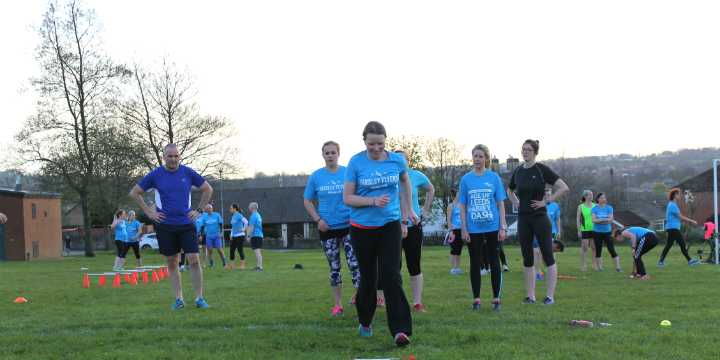
Runners Training Tips
A selection of running tips any runner should have in their arsenal…
Keep a Running Journal
Tracking and recording is a sure way to monitor your progress as a runner. The good old fashioned way of logging mileage and popping a sentence or even a paragraph down to reflect on how you were feeling at the time is a thorough way to do it, you add that thoughtful element that you miss with the number crunching centric apps such as Fitbit or Garmin.
A Fartlek
The more informal cousin of interval training is a great way to introduce speed training. ‘Fartlek’ is Swedish for ‘speed play’ and consists of bursts of speed in the middle of a training run. After warming up, run at an easy training pace, throwing in bursts of speed for various distances throughout the run. Vary the speed and times of the speed sections, from as short as 15 seconds to as long as two or three minutes. Between these bursts, allow yourself enough recovery time to match roughly 2/3 of the speed play.
The Surface
You may have been introduced to running on road or pavement but this type of terrain isn’t going to take care of your body. Switch it up and give surfaces such as grass or dirt trails a go – these are uneven yet are a lot friendlier in absorbing the shock generated from your feet and legs when striking the floor.
RICE Is the Key Ingredient
Many running injuries respond well to an injury with the ‘RICE’ treatment: Rest, Ice, Compression, and Elevation. Ice the trouble spot for ten minutes on, then ten minutes off, repeating as necessary. You should ice as soon as possible after you have been injured, and immediately after a run if you are running with an injury. Combined with compression (with a cold pack, for example) and elevation, icing goes far to reduce pain and swelling. Heat should only be applied to an injury after the inflammation is gone, probably after about 72 hours. If your swelling has gone down quite a bit, but there’s still a little bit of inflammation, try alternating heat and ice after a few days of ice-only treatment.
The Recovery
Returning to running after a brief layoff? A general rule of thumb is that it takes about two weeks of “retraining” to come back from every week in which you do no exercise. Go easy on yourself during this period. If you’ve been off the roads for only a week or two, start at about half the distance you were running before. Depending on your fitness you may be able to build back to your former level in two to four weeks.
Sack the Stitch
Every runner has experienced the dreaded side stitch, a sudden sharp pain in the side of the upper abdomen at the base of the ribs. The pain is caused by a spasm of the diaphragm, the muscle that controls your breathing. A stitch will usually go away quickly after slowing down or stopping, but even on the run, you can often make it go away by bringing your breathing into careful control.
Concentrate on belly breathing, pushing your belly out when you breathe in and relaxing it as you breathe out. Take deep breaths on the intake, and exhale suddenly, even noisily. To get the diaphragm to contract in rhythm with your steps, try to inhale and exhale as you land on your left foot.
Repetition
Get into a routine. Like anything else, a running programme is easier if it falls into a repetitive loop. Set aside a certain time over set days in the week that is designated as your running time. This doesn’t mean your runs have to be the same (that’s boring) remember to plan ahead and churn out a variety of routes, activities and even alternate running partners or groups to avoid Groundhog Day!
Soreness is Expected
You may experience some soreness. This is normal. However, if you experience sharp pain it is best to stop and see a doctor before continuing running.
The Hills have Friends
Incorporating hill work into your weekly training will help strengthen your legs and ankles. If you live in an area without hills (pffft I doubt it, it’s Leeds!), consider using a treadmill or find a long set of Victorian steps to simulate uphill running.
What other training tips can you recommend?.. leave them in the comment box below…